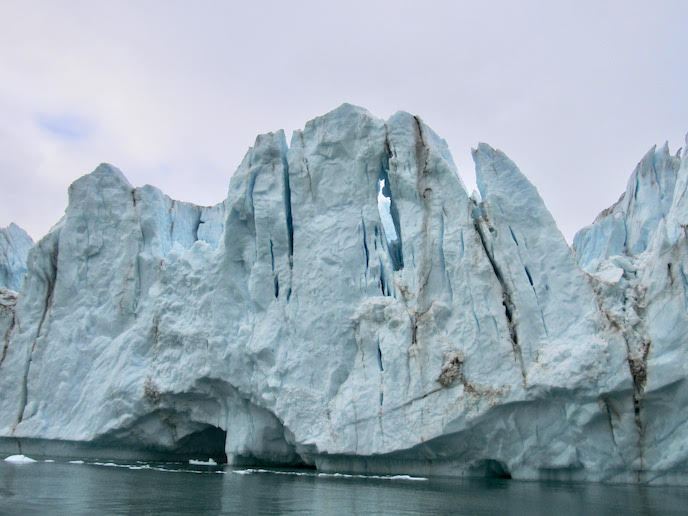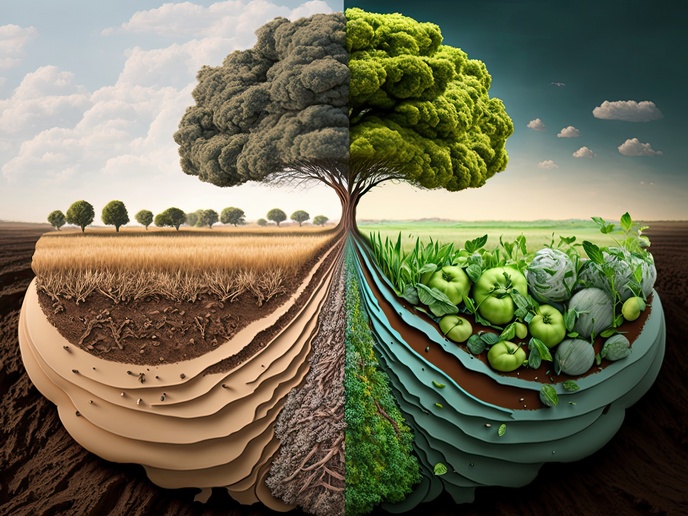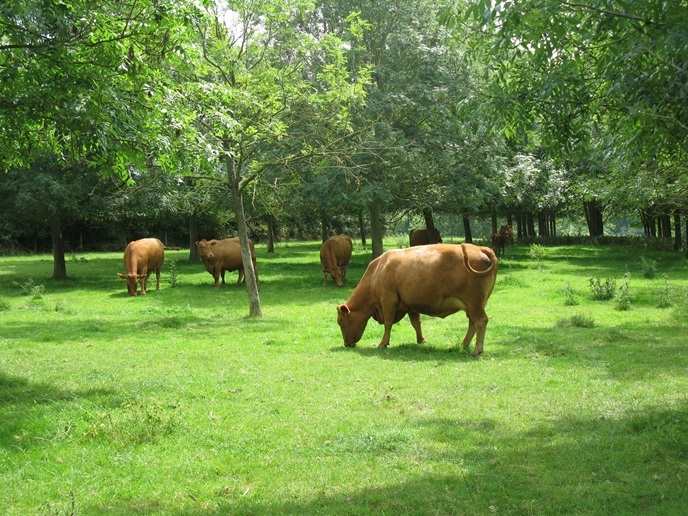Greenland’s melting ice sheet is disrupting fjord and coastal ecosystems
Greenland’s ice sheet is melting faster than predicted due to global warming, according to the article ‘Mass balance of the Greenland Ice Sheet from 1992 to 2018(opens in new window)’ published in Nature. A new Danish study also predicts the freshwater flowing into the Arctic Sea is changing its ecosystem. This is likely to hit the fisheries industry on which Greenlanders rely for sustenance and exports. Water from the ice sheet is adding more freshwater onto the top of the ocean where, being less dense than salt water, it stays. This creates a barrier for phytoplankton, preventing them from reaching the nutrients they need at the surface, says Research Fellow Johnna Holding. Coordinated by Aarhus University(opens in new window) in Denmark, Holding was supported by the Marie Skłodowska-Curie programme under the GrIS-Melt project. Glaciers play a vital role in mixing the ocean’s water. A lot of their fresh water melts into the sea at a deeper level. The less dense water then rises to the surface, stirring up the water and the nutrients it contains. But that is changing fast, says Holding: “The problem is that these marine-terminating glaciers, those jutting into the sea, are retreating. Once they do, the water will run off just like any other river, and these mixing mechanisms will disappear.” Holding observed fjords in parts of the Arctic where the glaciers had already retreated back from the sea. The lack of flow leads to less mixing, consequently making it harder for phytoplankton to get their nutrients. As the bedrock of the marine food chain, phytoplankton is essential for fish to thrive. “My research suggests a tendency towards less productive fjords in the future,” says Holding. Sediment from the ice sheet is also clouding the surface water where the phytoplankton live, limiting the light they need for photosynthesis. “The phytoplankton are forced to live closer and closer to the surface and further and further from nutrients stored at depth,” adds Holding. “There is a double whammy of light and nutrient limitation in some of these turbid fjords.” Preliminary results also suggest the sediments in the run-off water provide an extra surface area to which bacteria attach, making it easier to proliferate and break down the carbon from the phytoplankton. That may disrupt the current ‘carbon cycling’ balance in which carbon transforms from inorganic CO2 to the organic microscopic phytoplankton cells through photosynthesis. Until now, more carbon has been produced than consumed, with a proportion buried in the depths of the ocean, meaning the fjords act as a ‘sink’ of CO2. Holding fears the Greenland fjords may soon no longer absorb CO2 and could even produce it as the world struggles to cut CO2 emissions. EU funding was essential for the project, which involved travel to remote areas of Greenland. Holding’s friends also pitched in at a pizza party, helping to wrap 1 000 glass vials in aluminium paper for her sampling trip. These had to be burnt in an oven to ensure they were ‘carbon clean’ for water samples. Holding says: “As a thank you, I treated them to free beer and brought them each back their very own Greenland ice sheet water sample!”







